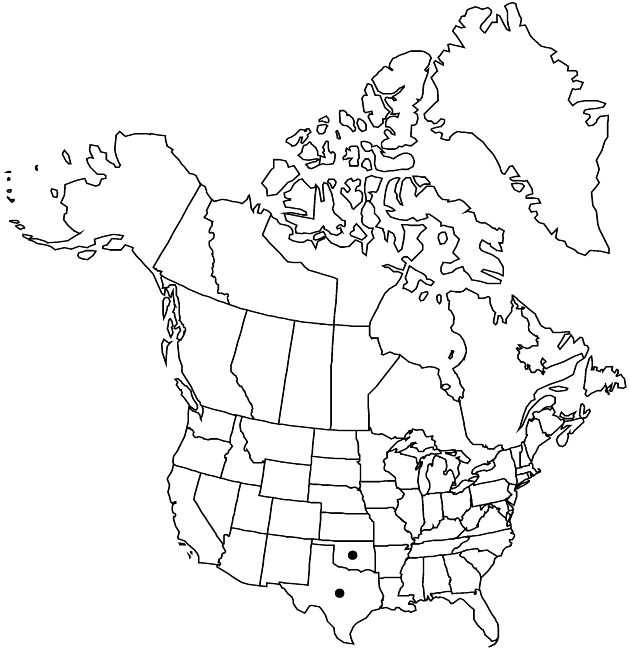Difference between revisions of "Solidago altiplanities"
Sida 10: 178, figs 2, 3. 1983.
FNA>Volume Importer |
FNA>Volume Importer |
||
| Line 46: | Line 46: | ||
|publication year=1983 | |publication year=1983 | ||
|special status= | |special status= | ||
| − | |source xml=https://jpend@bitbucket.org/aafc-mbb/fna-data-curation.git/src/ | + | |source xml=https://jpend@bitbucket.org/aafc-mbb/fna-data-curation.git/src/f50eec43f223ca0e34566be0b046453a0960e173/coarse_grained_fna_xml/V19-20-21/V20_332.xml |
|tribe=Asteraceae tribe Astereae | |tribe=Asteraceae tribe Astereae | ||
|genus=Solidago | |genus=Solidago | ||
Revision as of 20:27, 16 December 2019
Plants 30–100 cm; caudices woody, rhizomes elongate, branching, woody, forming new centers of growth. Stems 1–20, erect, finely scabroso-puberulent, sparsely so with age proximally, densely so distally. Leaves: basal and proximal cauline withering by flowering, subsessile, gradually tapering to short-winged petiole-like bases; mid and distal cauline sessile, blades linear-elliptic to linear-lanceolate, 40–90 × 4–5 mm, 3-nerved from base, midnerves prominent, margins entire, finely scabrous, apices attenuate-acute, faces finely, sparsely to moderately strigose, more so on main nerves, finer nerves translucent, faces sometimes shiny. Heads 25–350, in short to elongate, secund paniculiform arrays, branches ascending or ascending and distally recurved, sometimes second, sometimes elongate. Peduncles 2–6 mm, finely strigose; bracteoles 1–10, often crowded, linear-lanceolate, 2–3 mm, grading into phyllaries. Involucres narrowly campanulate, 3.5–4 mm. Phyllaries in 3–4 series, linear-lanceolate, strongly unequal, margins hyaline, distally subulate-ciliate, apices acute, glabrous. Ray florets 4–5; laminae 1.5–2.5 × 0.5 mm. Disc florets 6–8, 3–3.5 mm, lobes 0.5 mm. Cypselae (narrowly obconic) 1.5–2.5 mm, sparsely strigillose; pappi 3 mm. 2n = 18.
Phenology: Flowering Sep–Oct.
Habitat: Mixed gypsum and shale soils, rocky slopes, escarpments, and ridges in high plains
Elevation: 400–1200 m
Discussion
Selected References
None.
